Democratic Republic of Congo (DR Congo) became independent from Belgium on 30 June 1960. In 2020, after Belgian citizens had demonstrated and vandalised statues of King Leopold II, Belgium’s King Philippe expressed his deep regret on the “suffering and humiliation” inflicted on the DR Congo during its period under brutal Belgian rule, but yet no mention of a reparation package.
Things you may not know about DR Congo:
– The Kingdom of Kongo ruled much of the region from the 14th to 19th centuries.
– There are more than 200 ethnic groups in DR Congo. The majority are Bantu with the four largest tribes -Mongo, Luba, Kongo (all Bantu) and the Mangbetu-Azande (Hamitic).
– Apart from French which is the official language of the country, about 215 native languages are spoken.
– Popular musical genres include Congolese rumba and soukous, which grew out of 1950s Cuban rumba rhythms with jazz and kwassa kwassa dance rhythms.
– DR Congo capital city, Kinshasa, is located on the Congo River opposite Brazzaville, the capital of Congo (Republic of Congo). The two cities are less than a mile (1.6km) apart, making them the closest capital cities in the world.
– The Congo River, which runs through DR Congo, is Africa’s second-longest river after the Nile. It is also the world’s deepest river.
– The world’s second-largest rainforest, the Congolese Rainforest, is part-located in DR Congo.
– The Congo Basin makes up one of the most important wilderness areas on Earth and is home to approximately 10,000 plant species, 400 mammal species, 1,000 bird species and 700 fish species.
– The DR Congo is home to the endangered okapi. Known as the forest giraffe, the okapi looks more like a cross between a deer and a zebra.
– The oldest national park in Africa is the Congo’s Virunga National Park. It is home to rare mountain gorillas, lions, and elephants.
– DR Congo is potentially one of the world’s richest countries with vast natural resources including cobalt, copper, tantalum, petroleum, industrial and gem diamonds, gold, silver, manganese, tin, uranium, coal, hydropower and timber (hence the great interest of foreigners in DRC).
Happy independence day Democratic Republic of Congo

